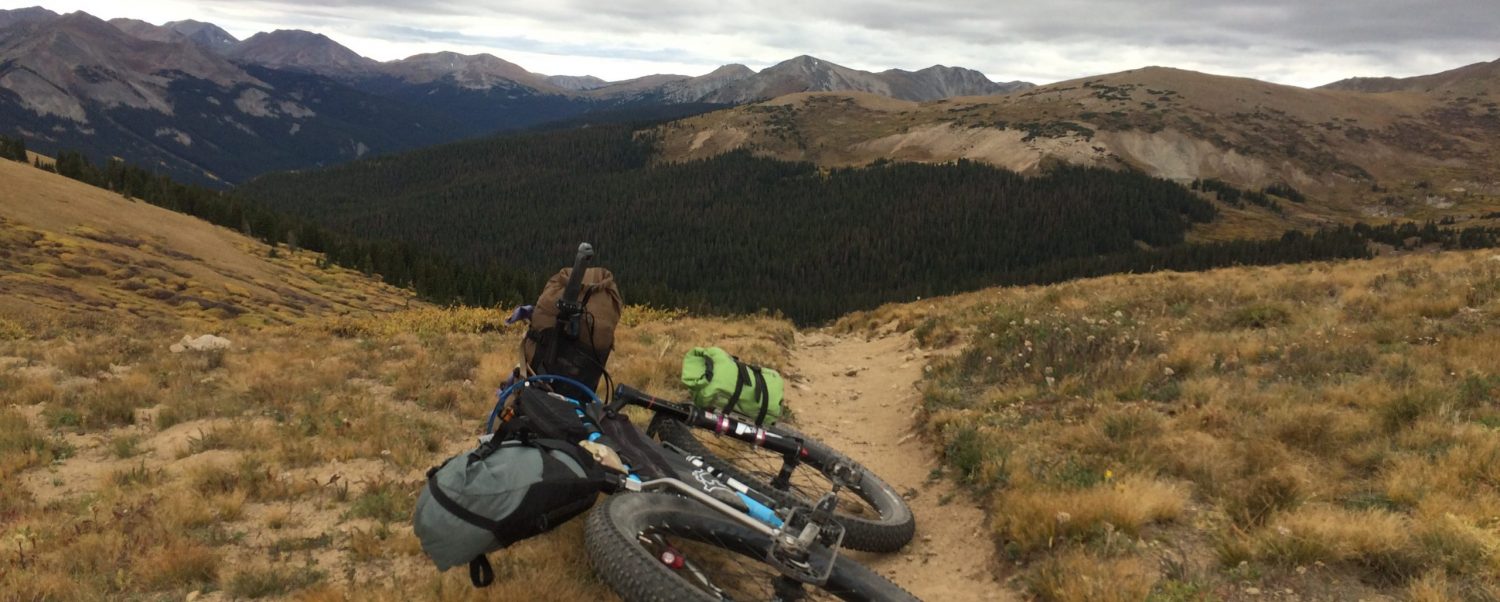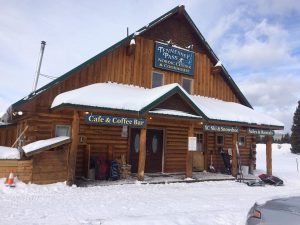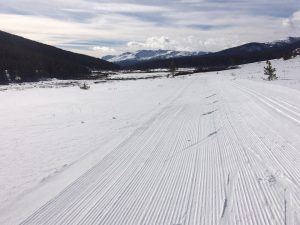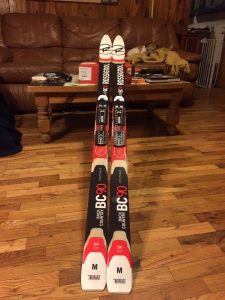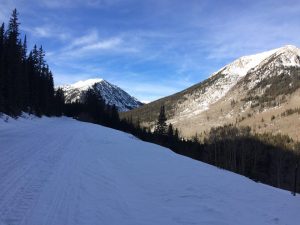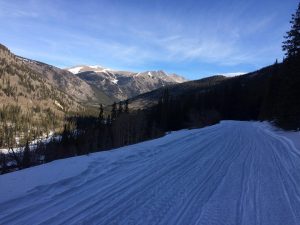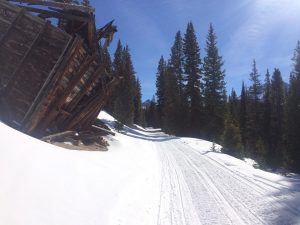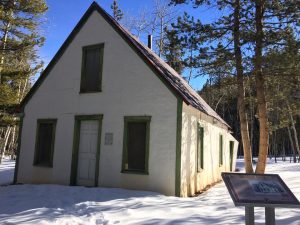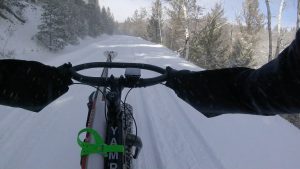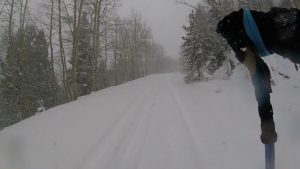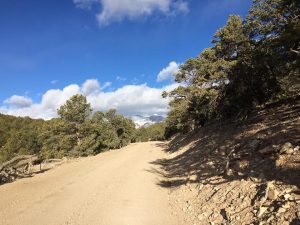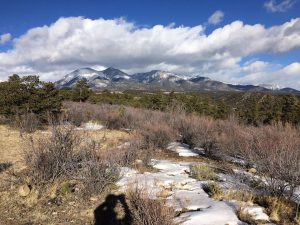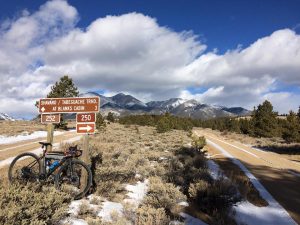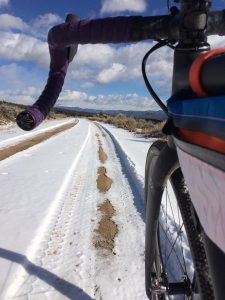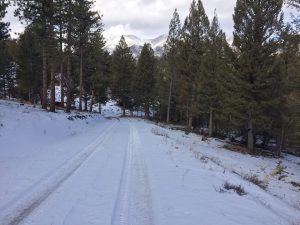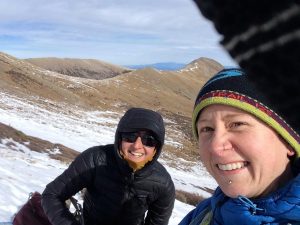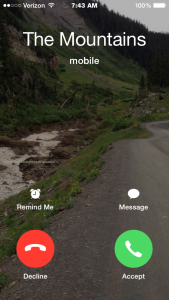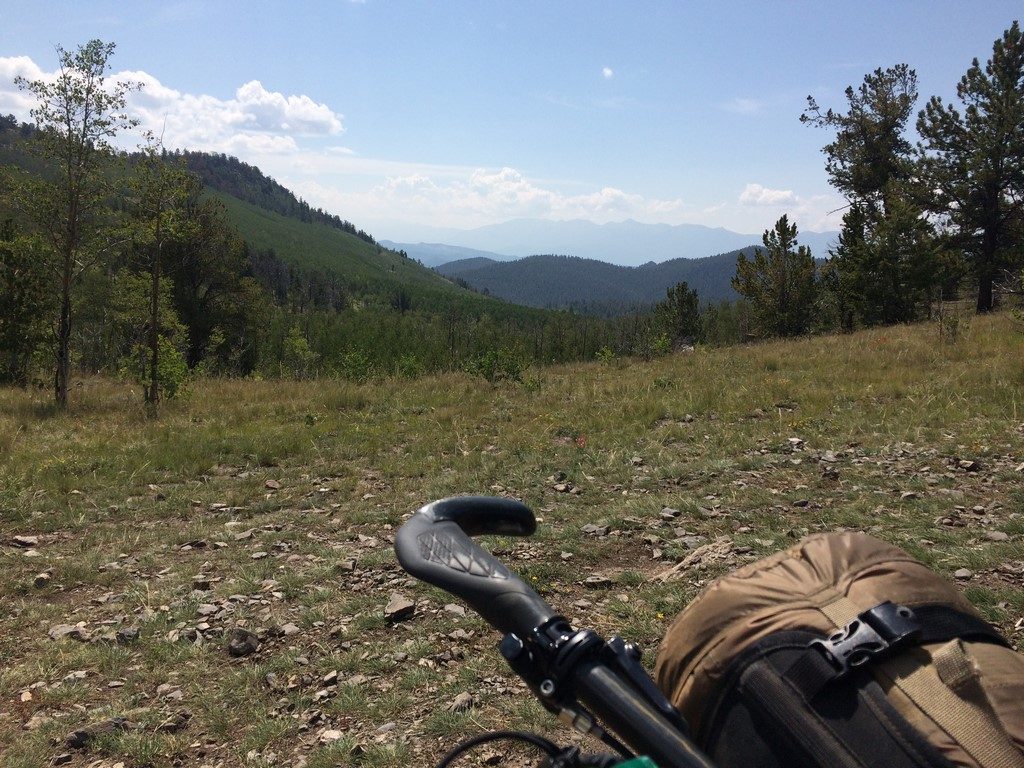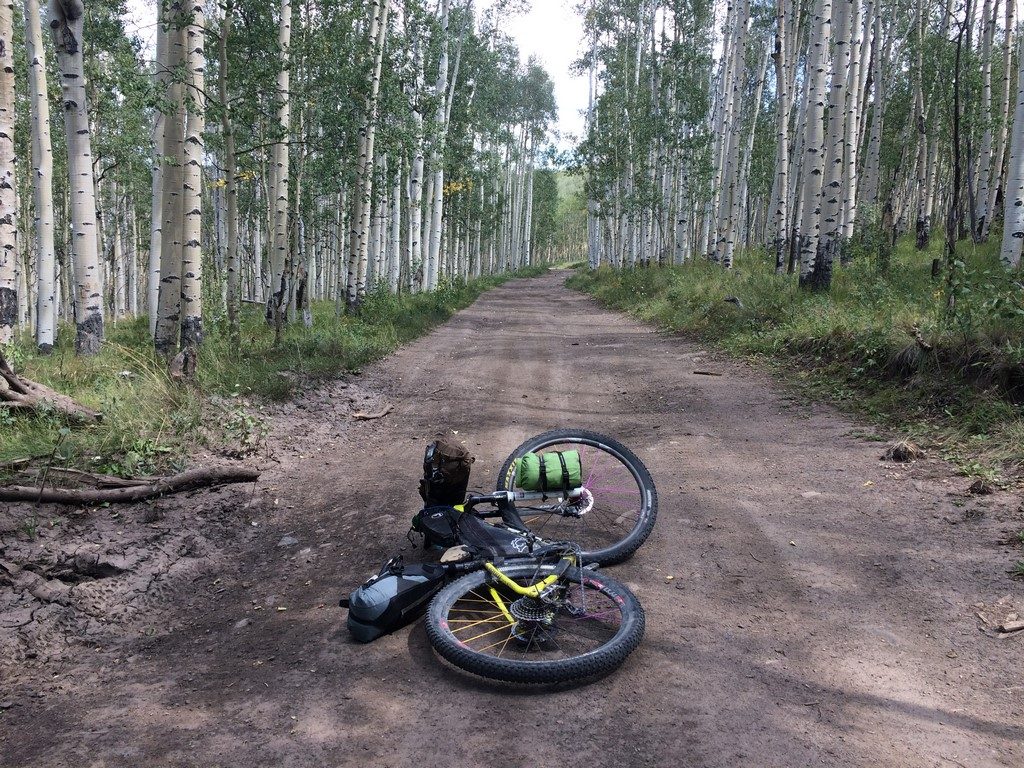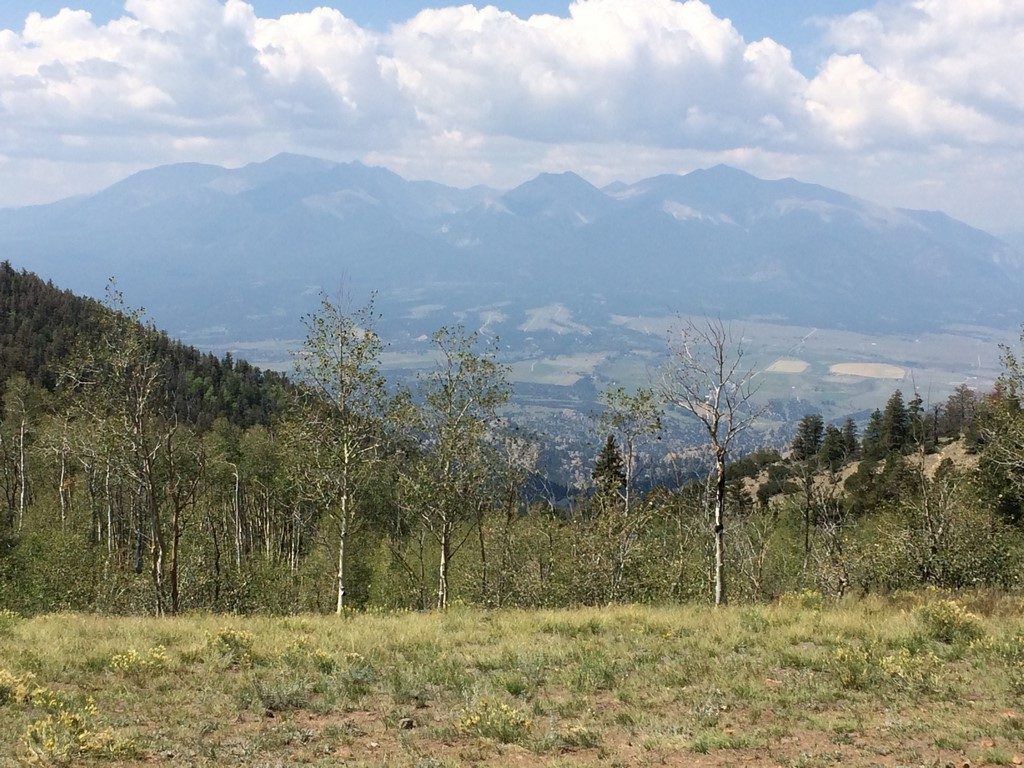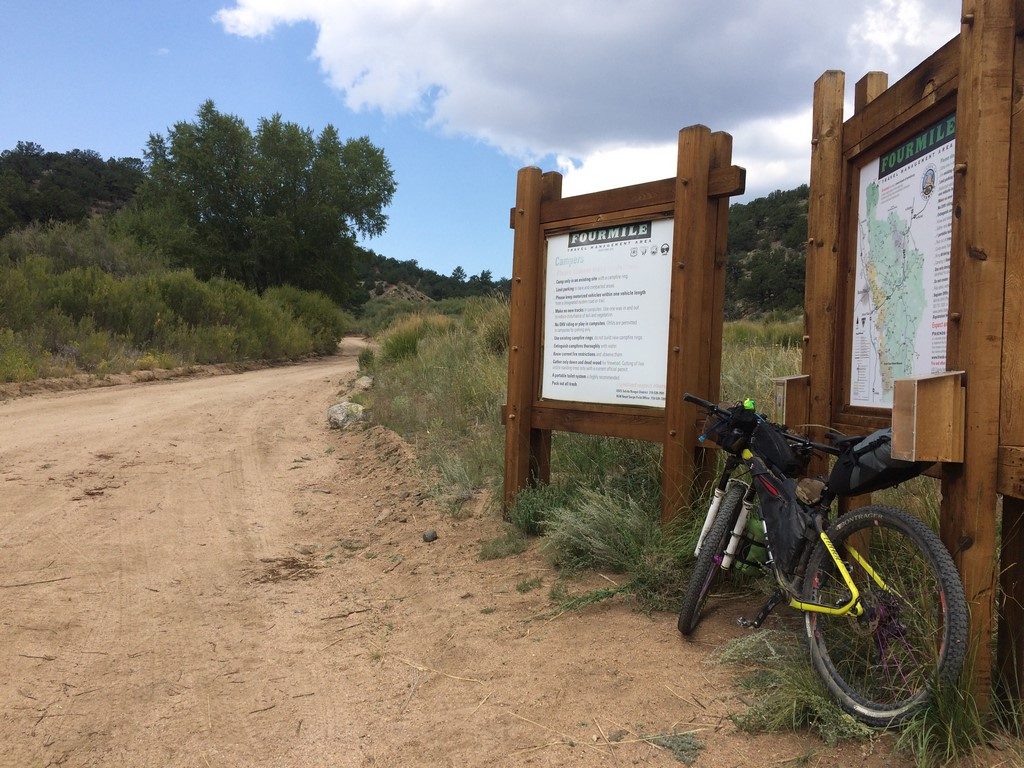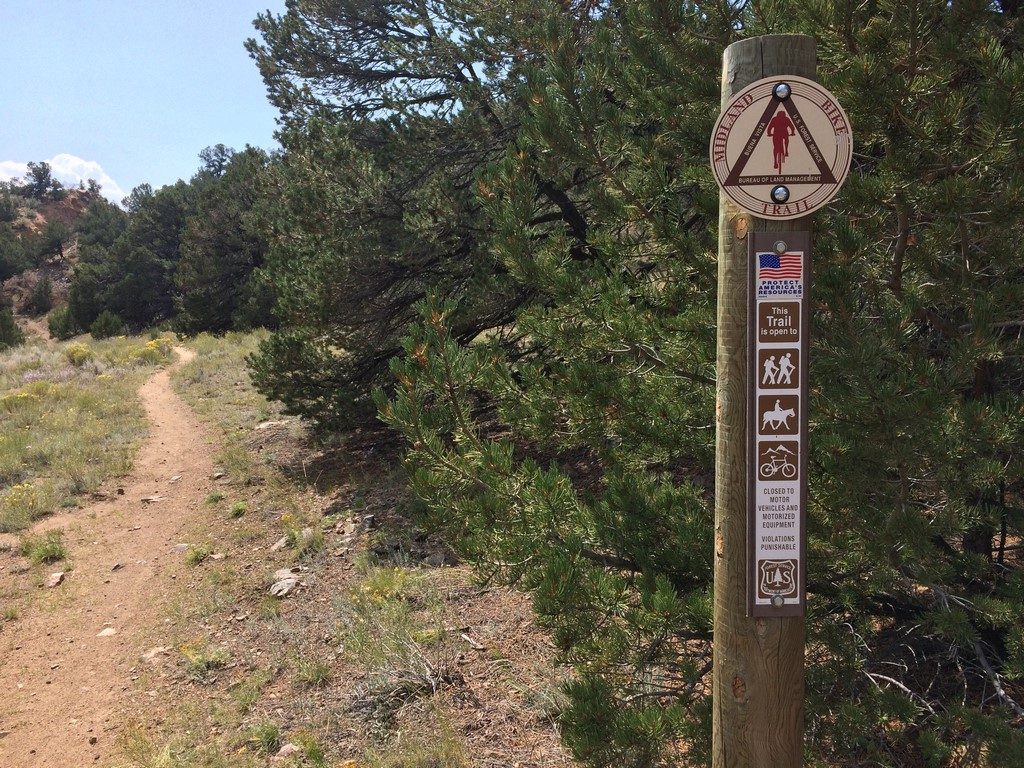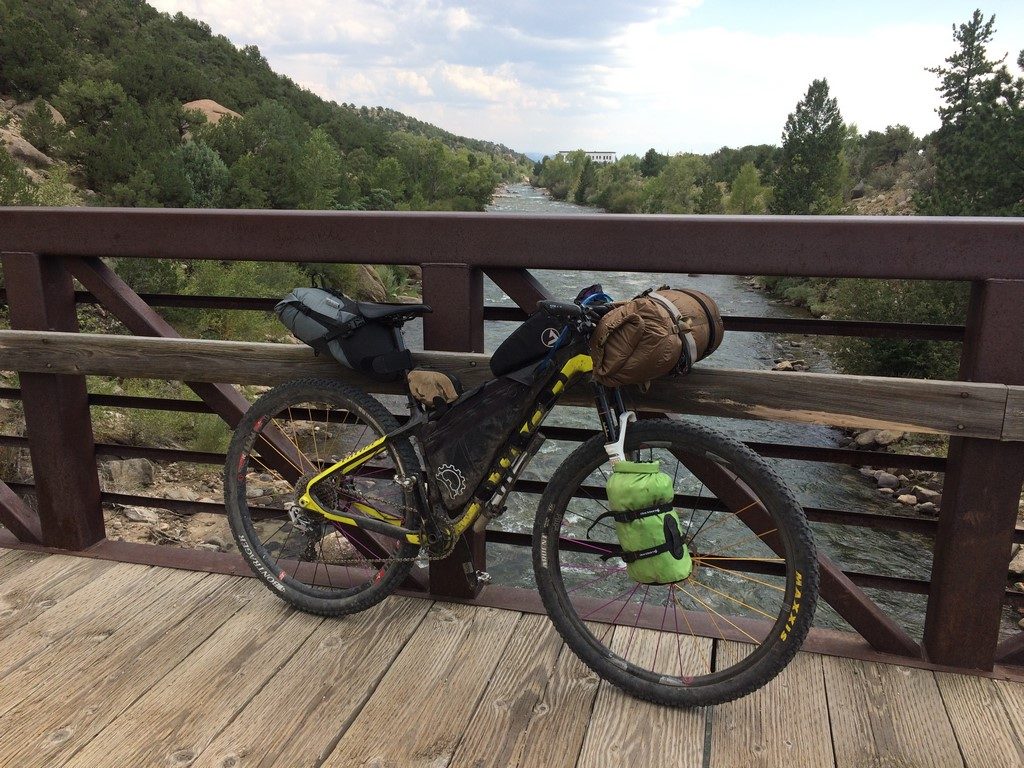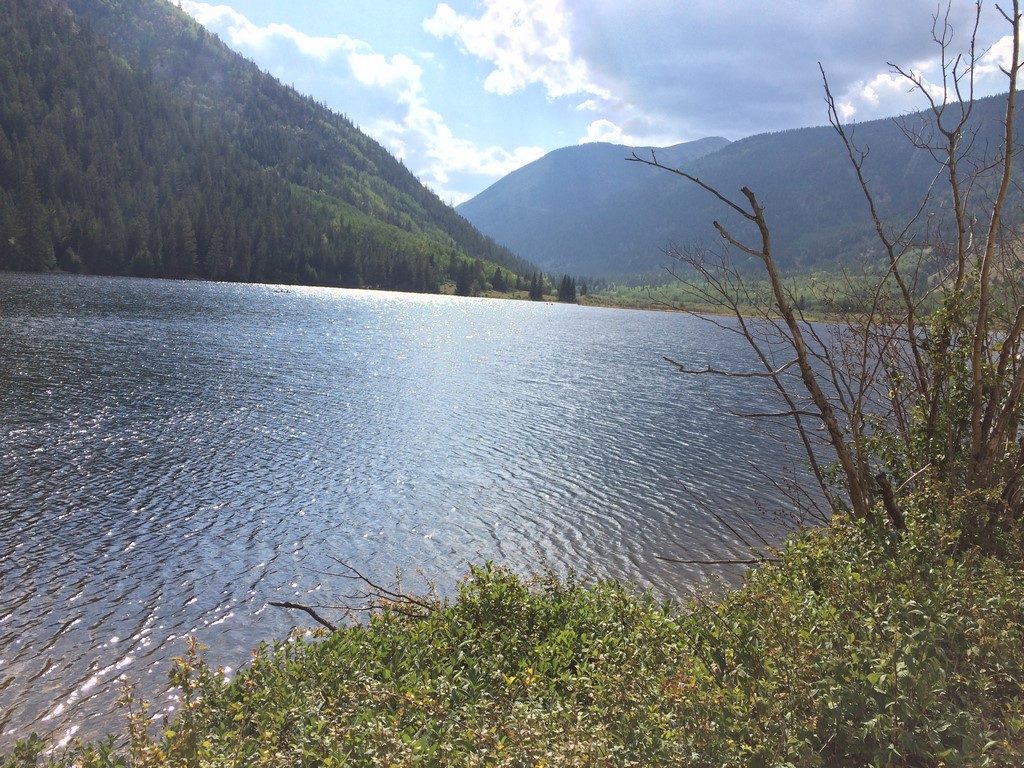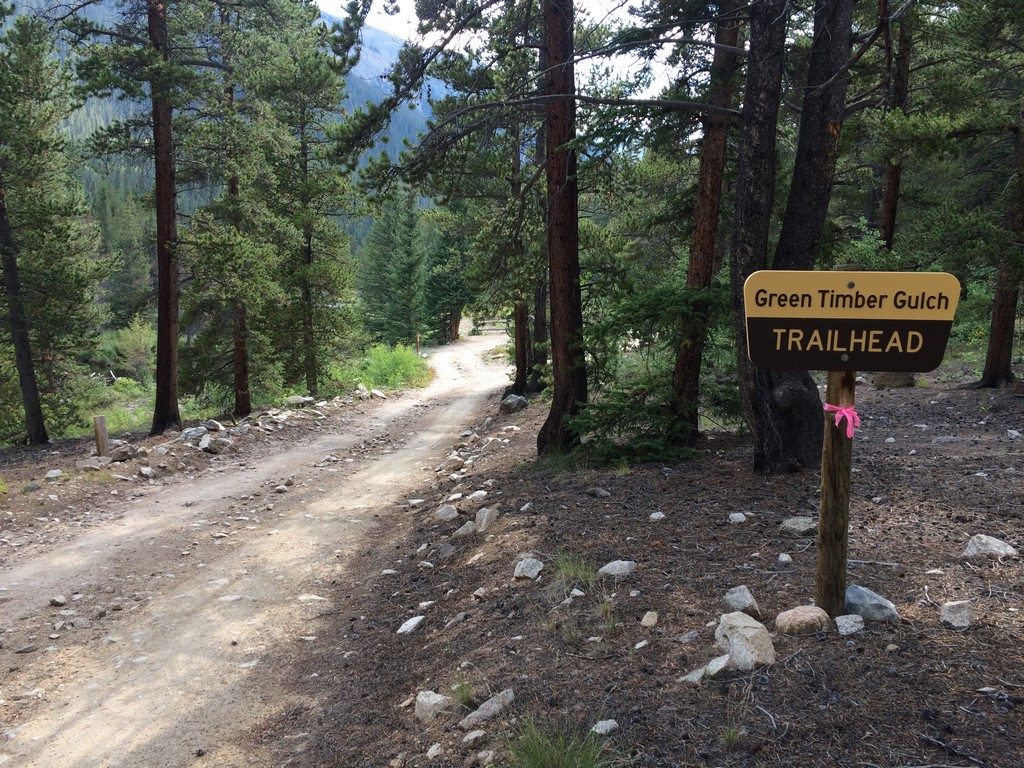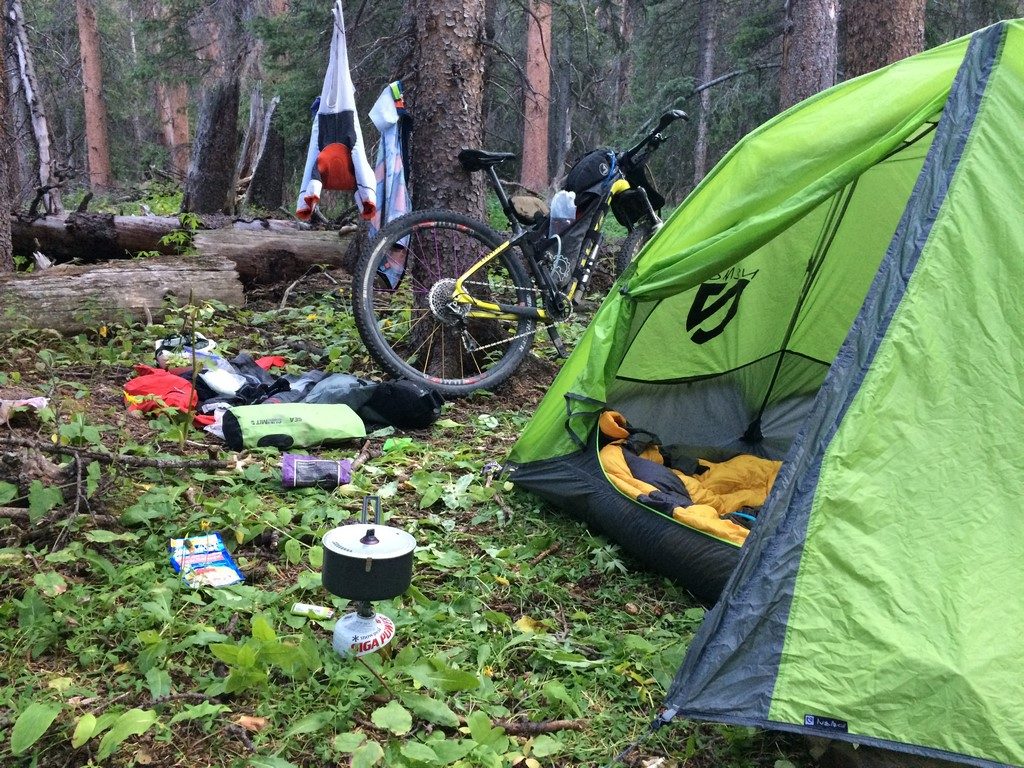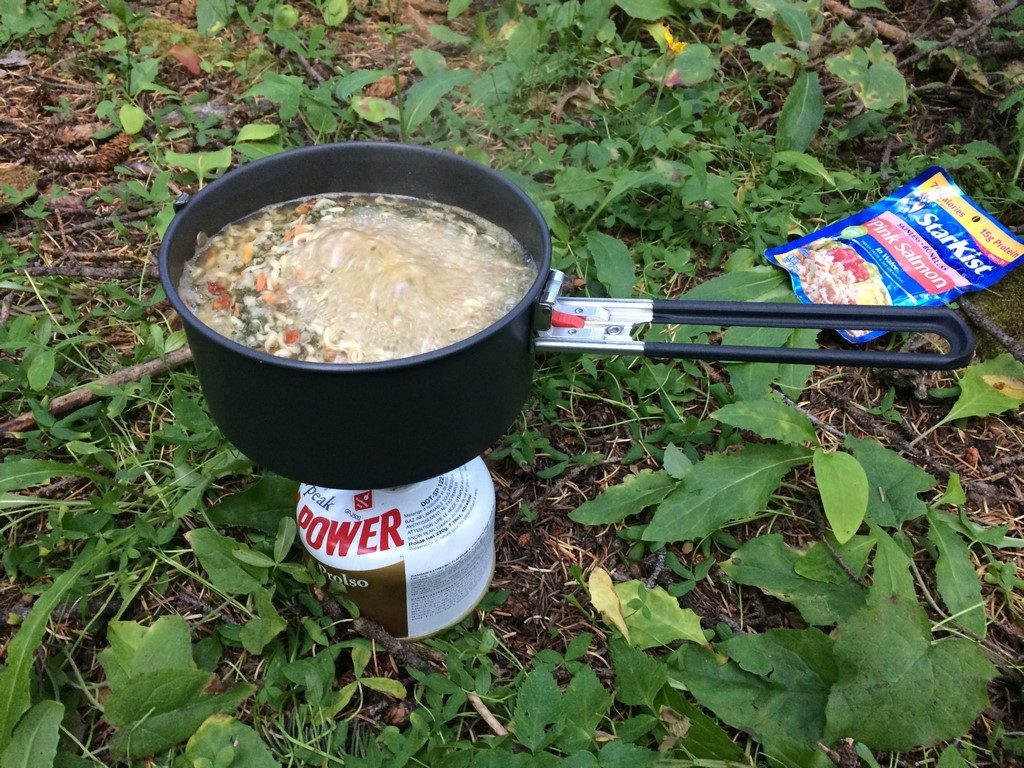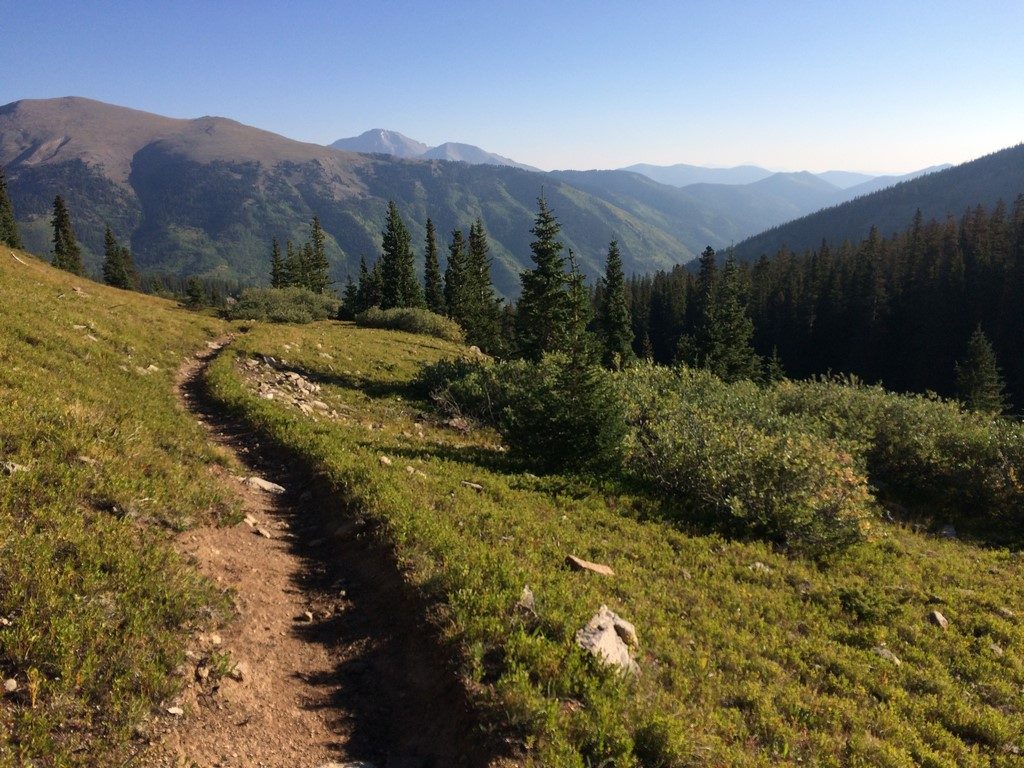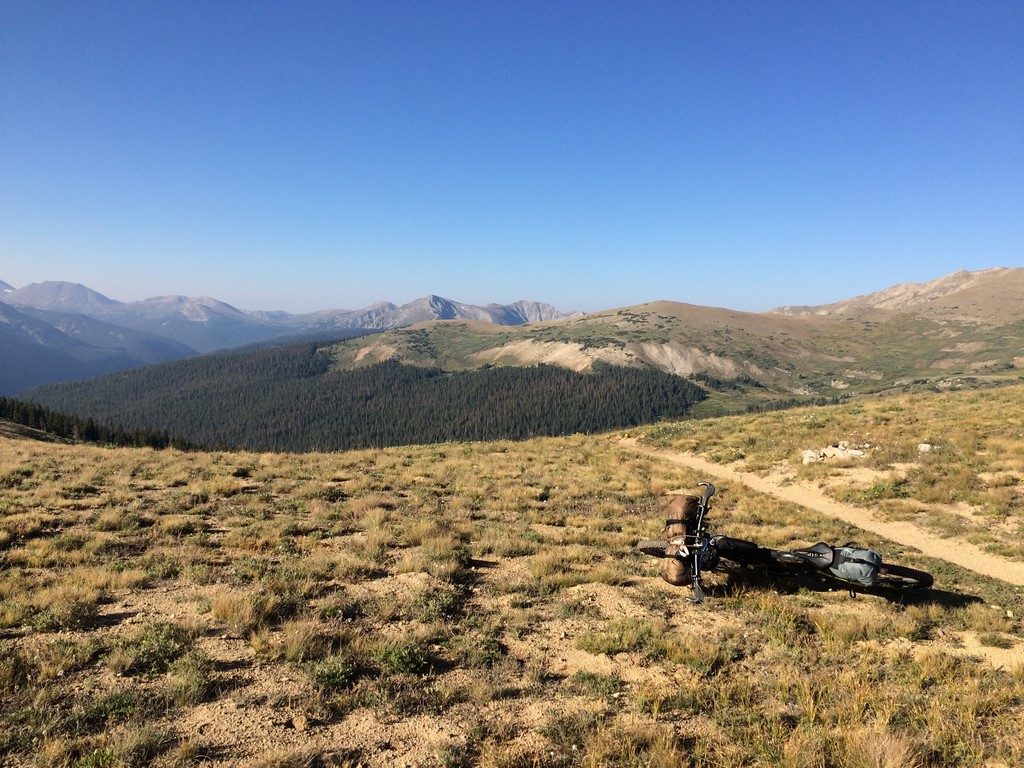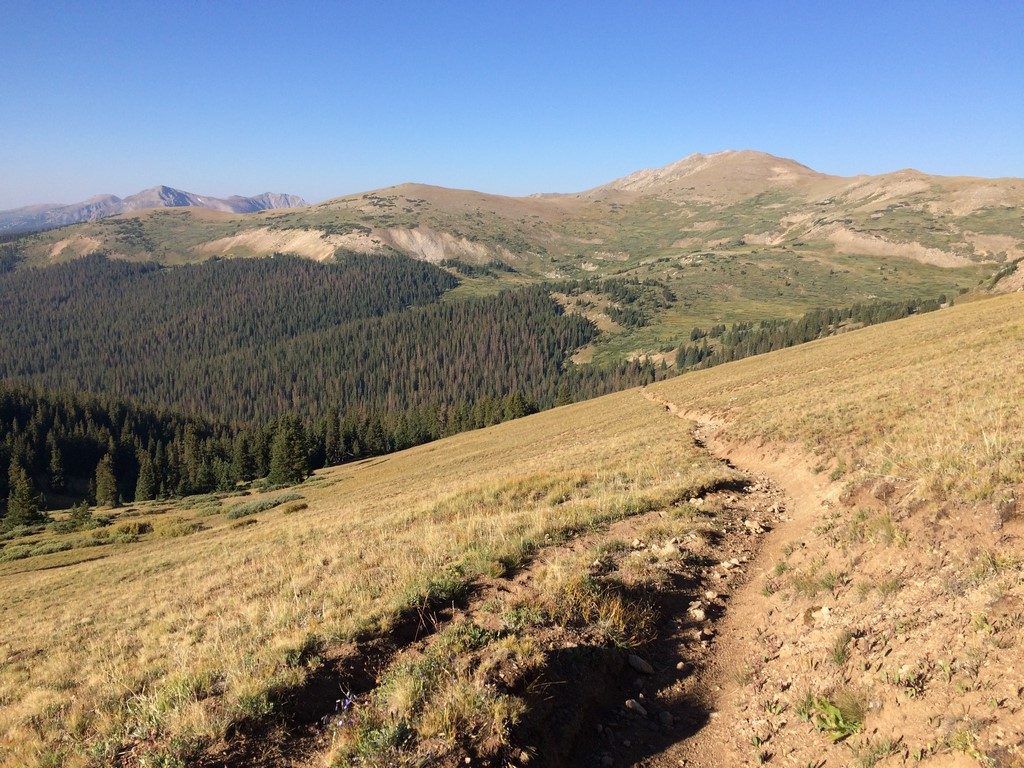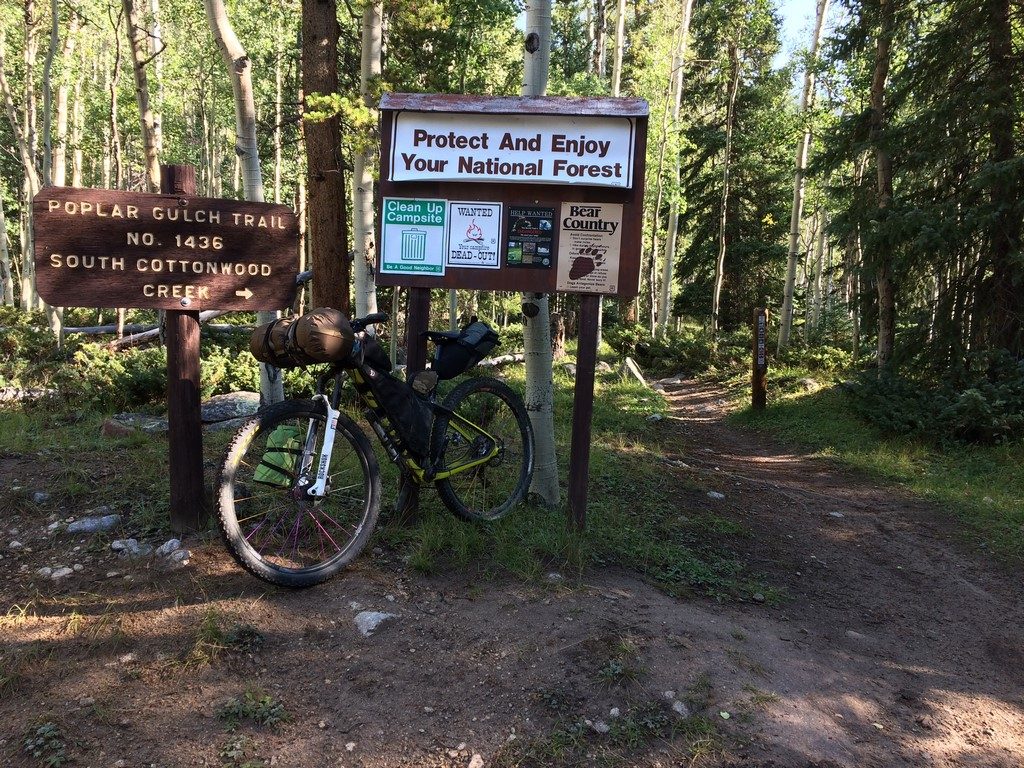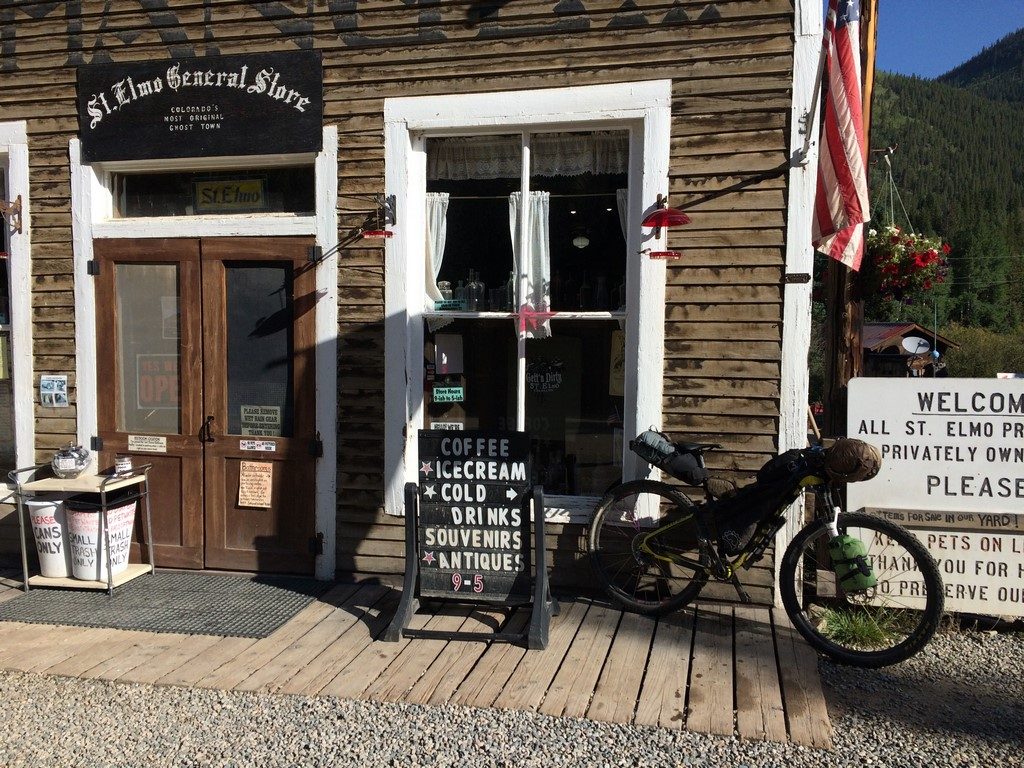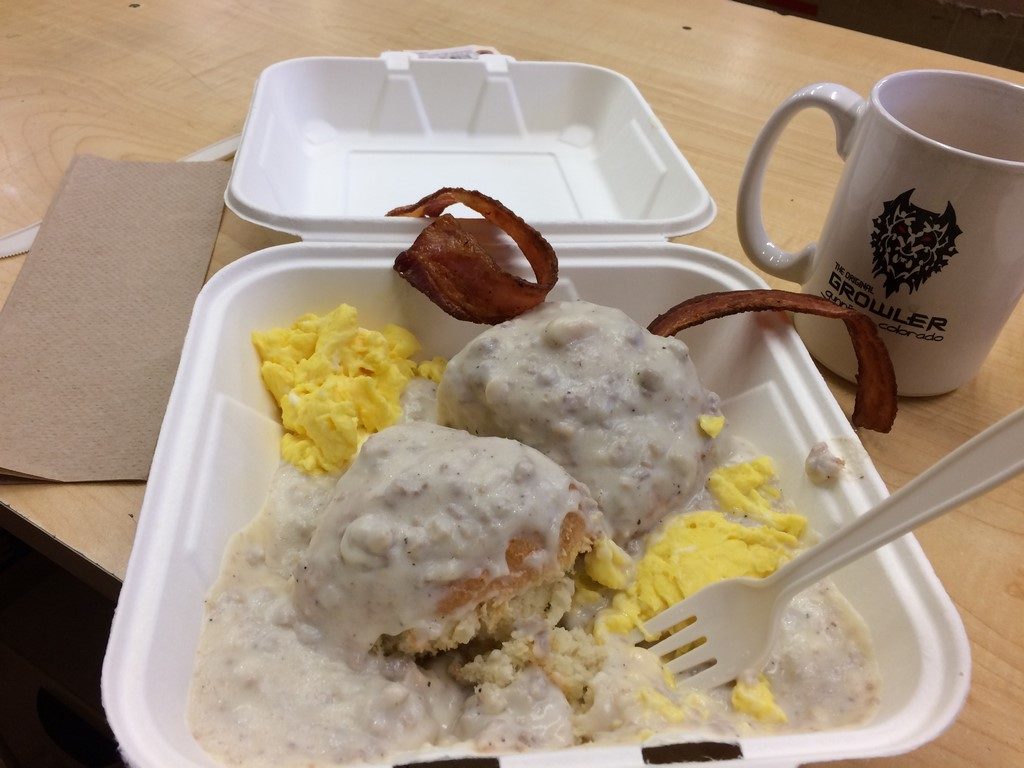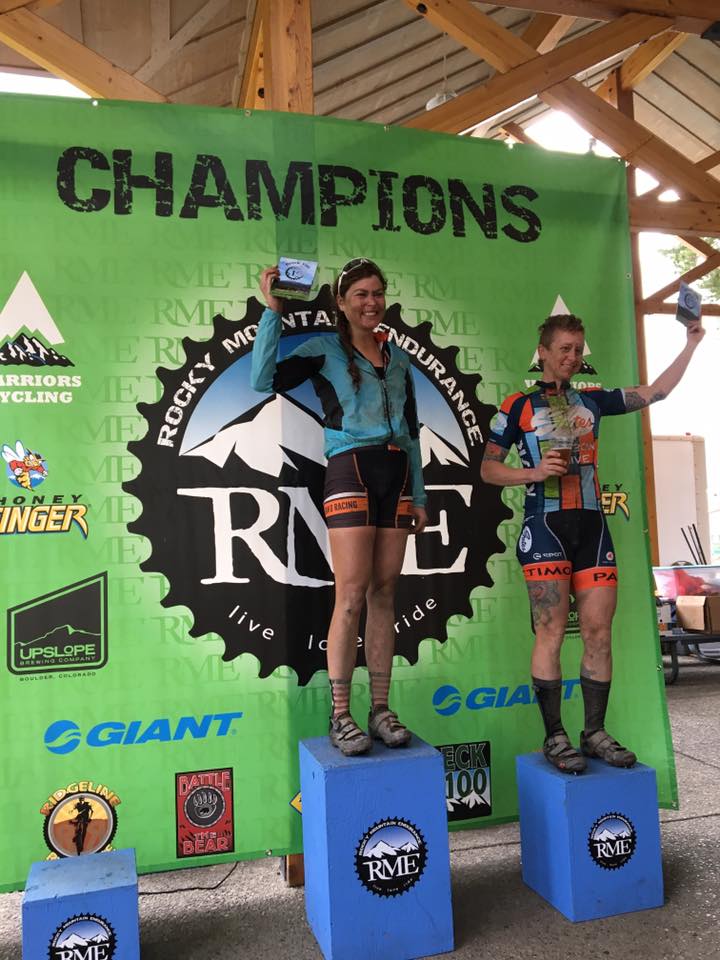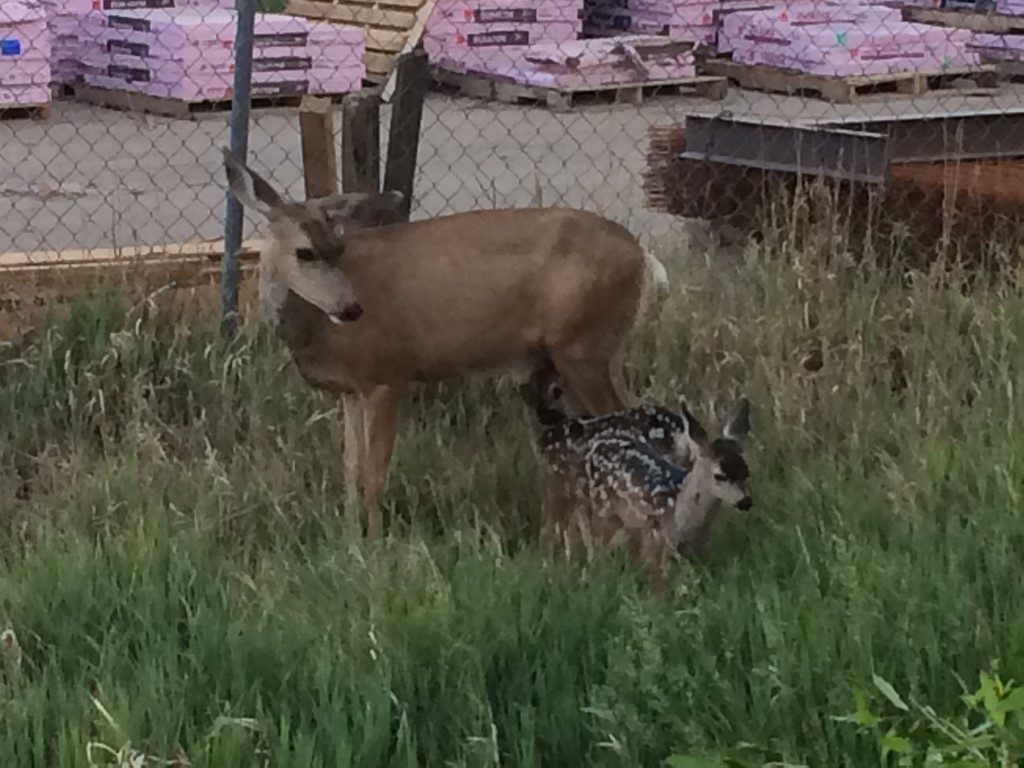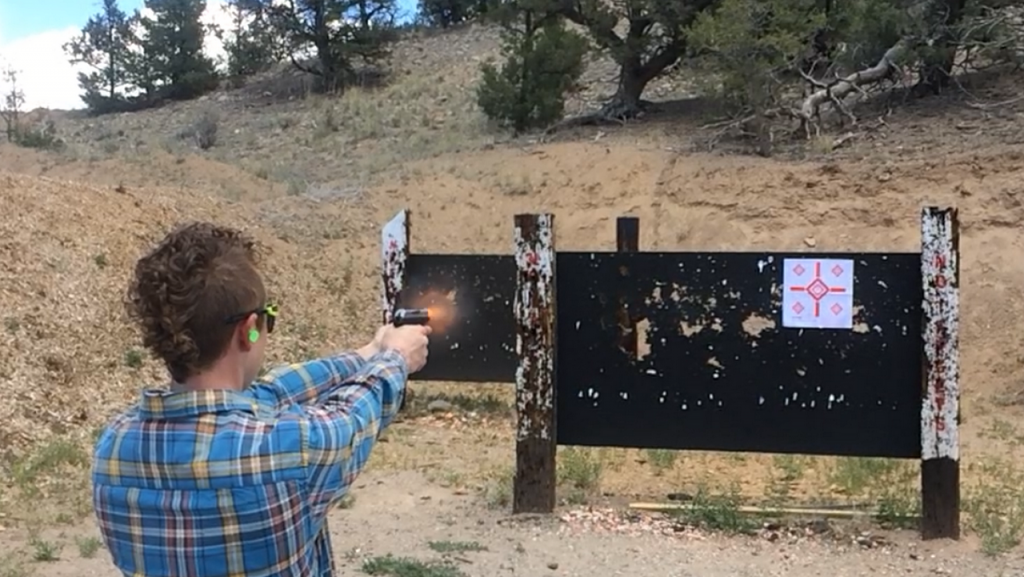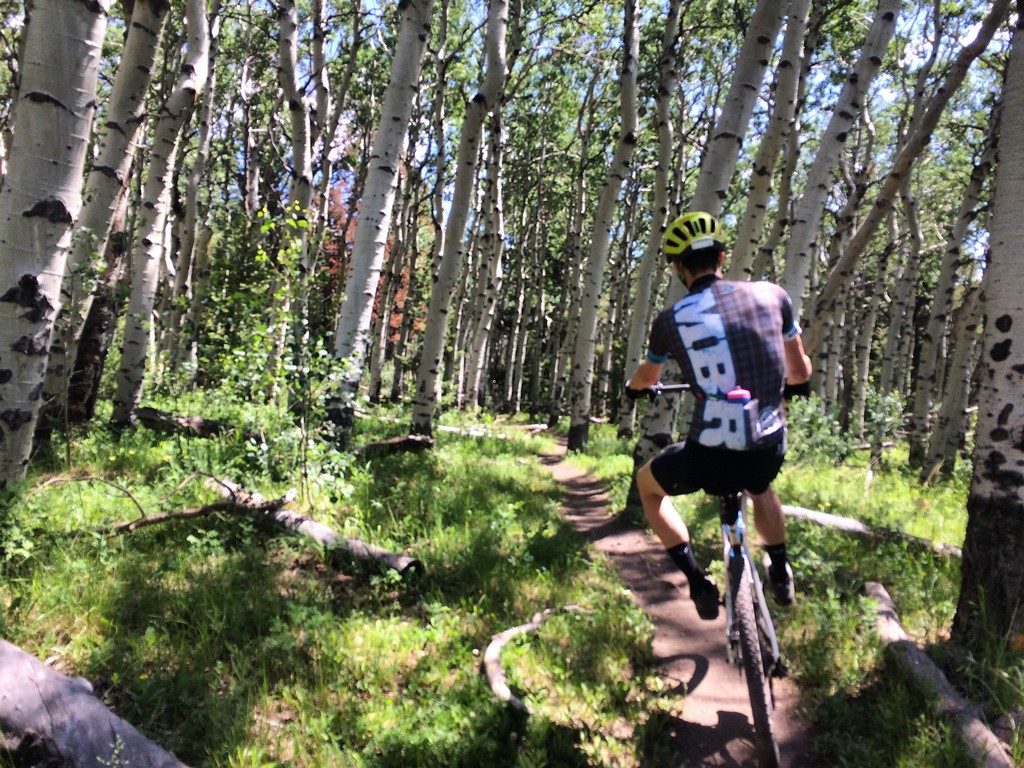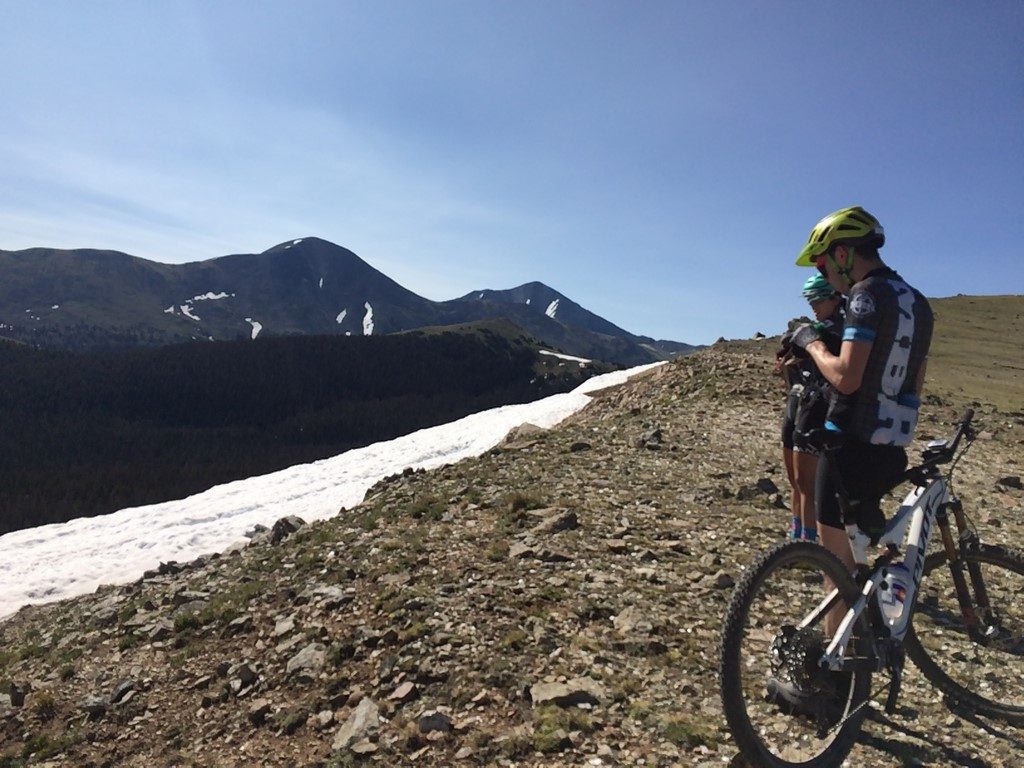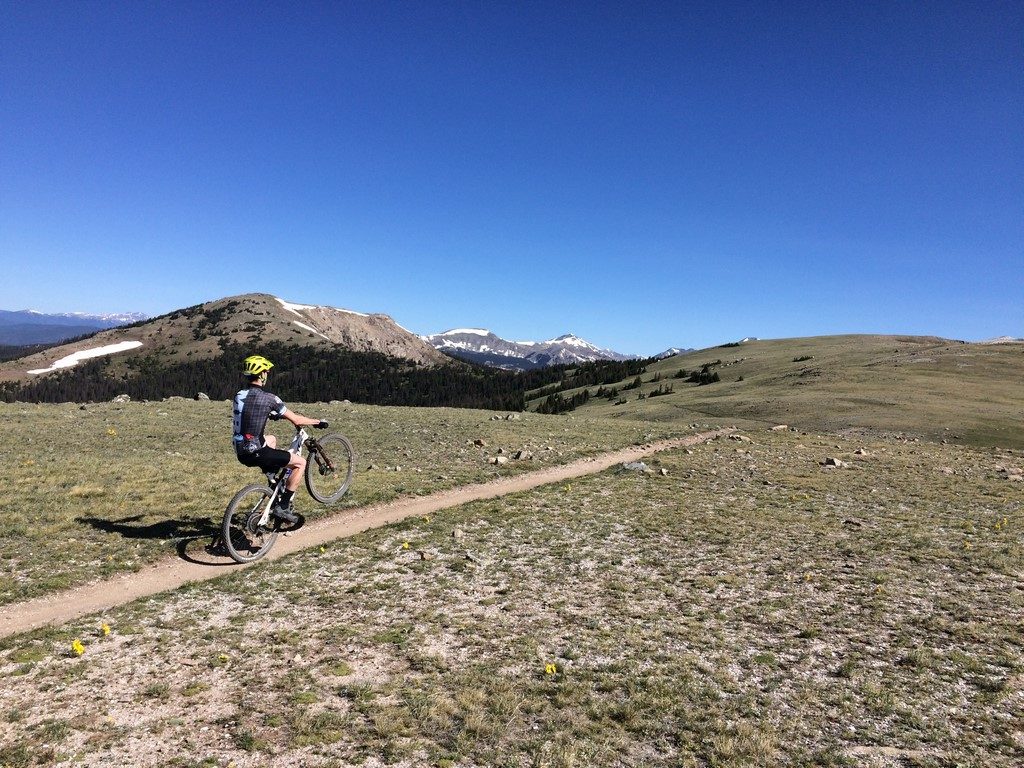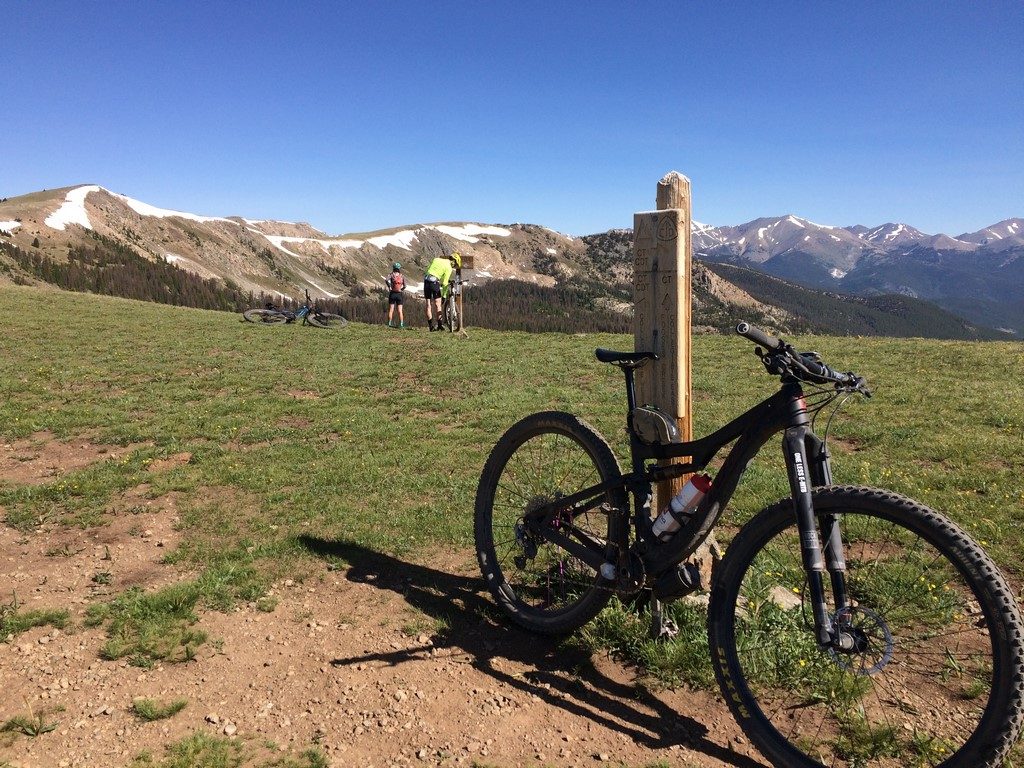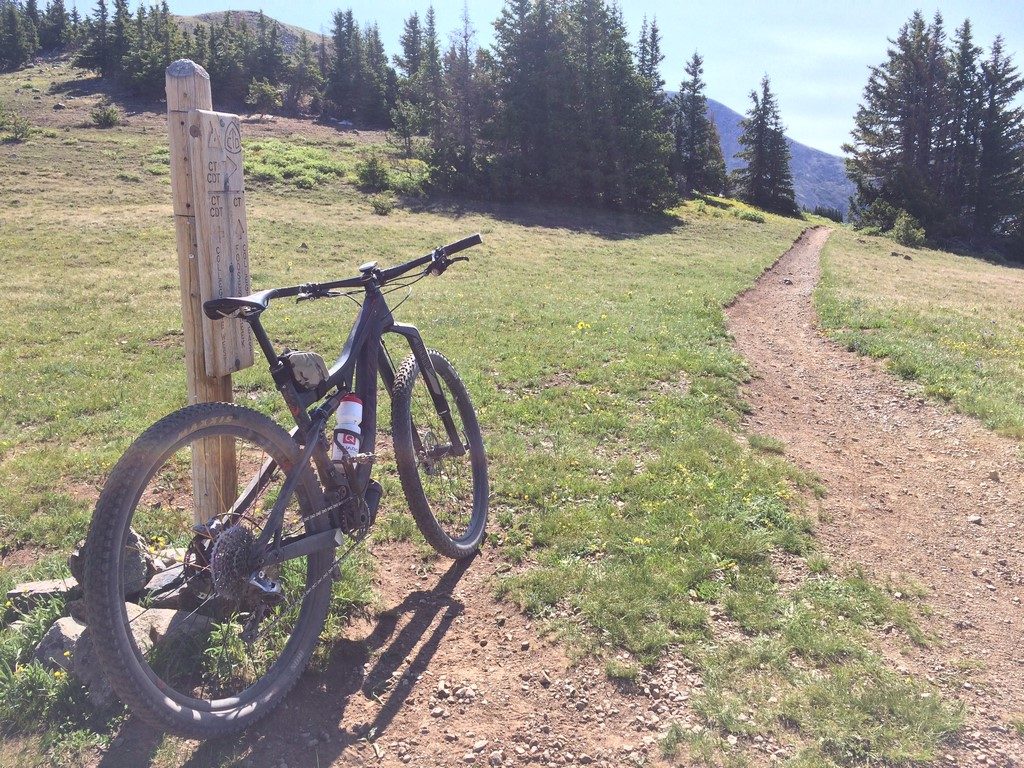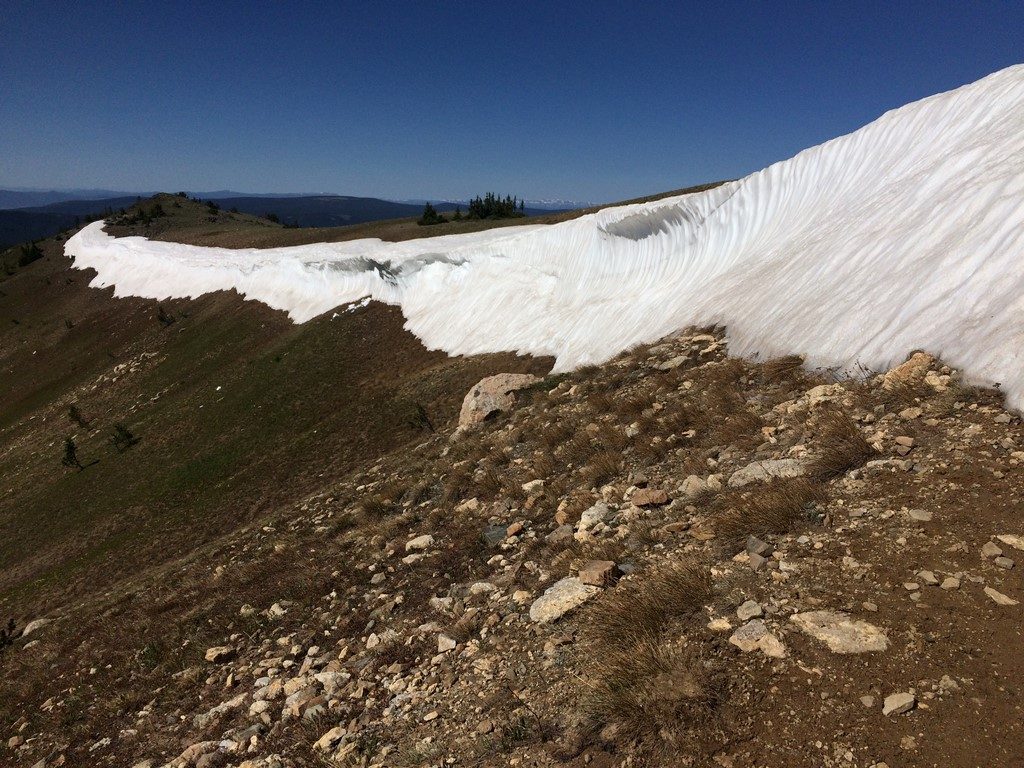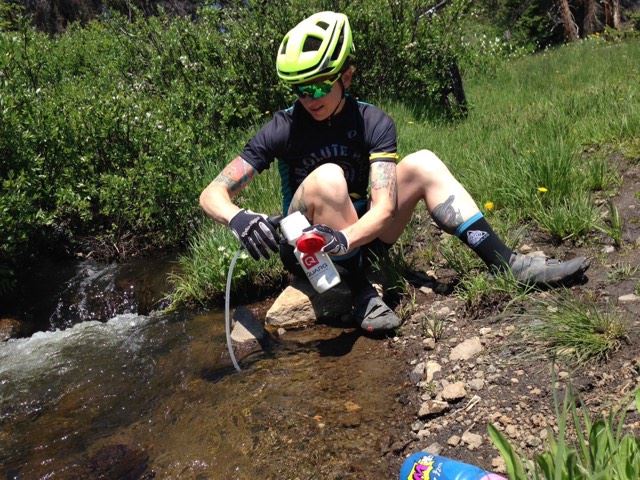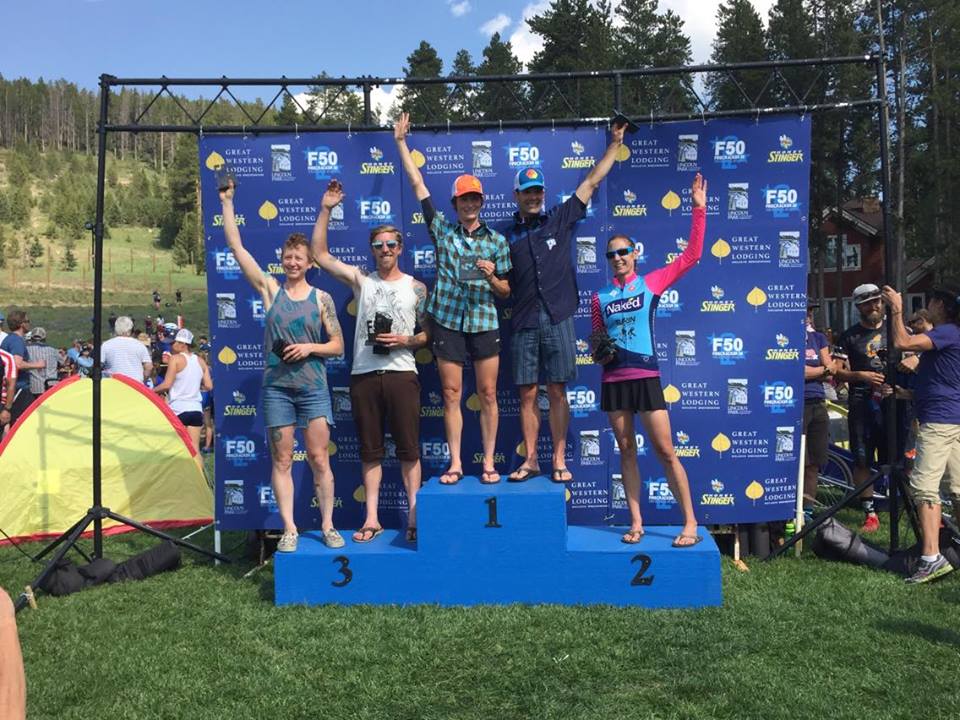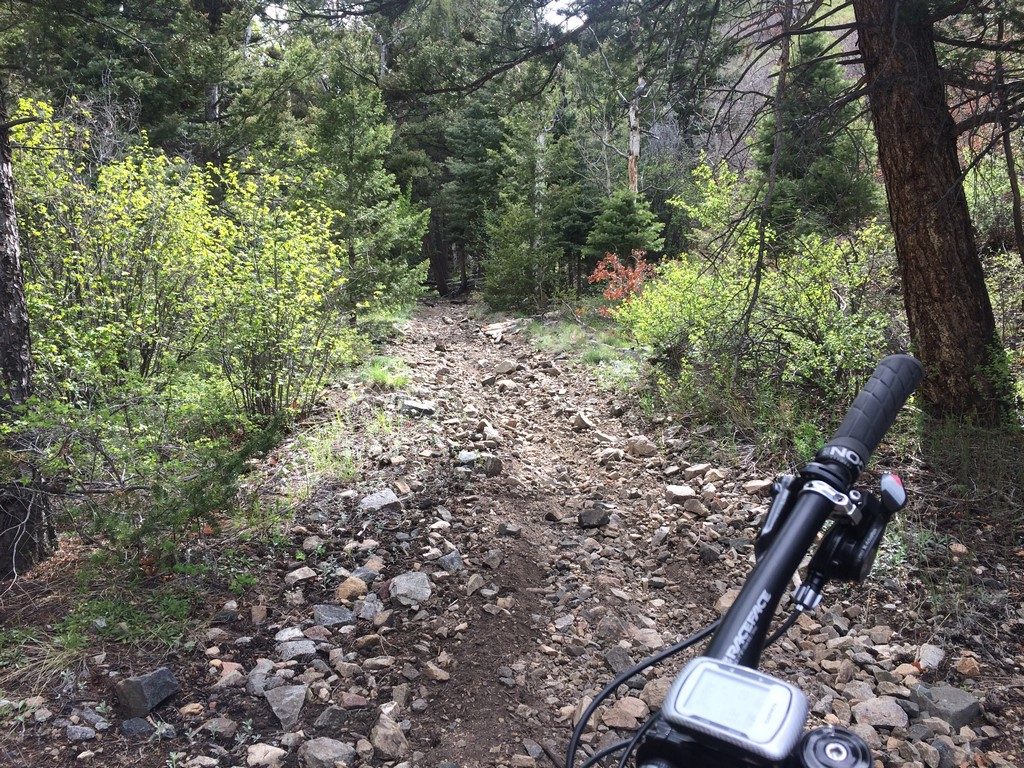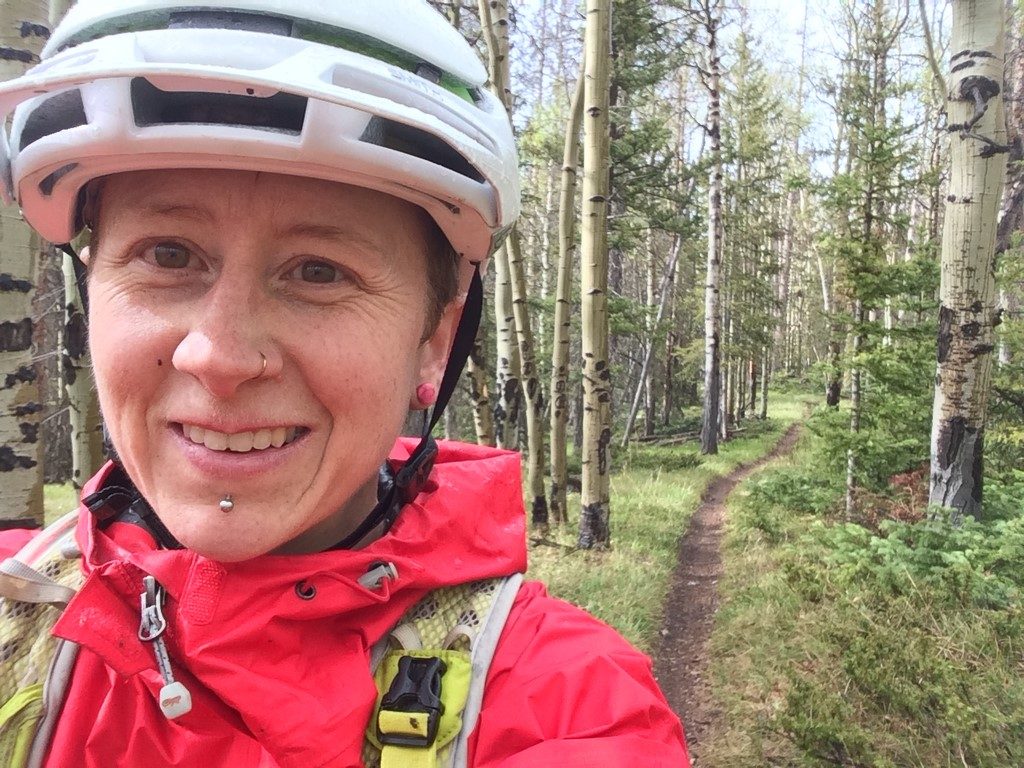It’s a tough time for everyone right now, and athletes have the added layer of trying to keep themselves occupied and motivated while racing is mostly canceled. I’ve designed this route to be do-able in a totally unsupported, touch-free manner. The start/finish is at a BLM area with dispersed camping (there is no water there, so bring it with you), and the length of the route is short enough that you can carry all the food you need. As long as travel into and out of the area is legal, this is an excellent challenge for social distance (the bike path in Salida proper can get a little busy, but it’s ~1 mile of 83).
If you’re going to go for an FKT, let me know ahead of time. I’ll timekeep here, and I can post links to whatever ride report and/or photos you have. You can email me- andrea at brickhouseracing dot com. Standard FKT/Solo/Support rules apply (here’s a link on the Tour Divide site, but these are the commonly accepted ethics of these sorts of things)- you’re welcome to do this ride with other people, but your time will be recorded as so, and not eligible for individual men’s/women’s records.
Here is the public route page on Gaia: North Rainbow FKT Loop
About the Rainbow Trail:
This is a moto-legal trail. It is steep, loose, and rugged with ample hike-a-bike. How much? That depends heavily on rain and moto traffic within the past 24 hours. If you can time your ride within the 24 hours after a soaking rain, the trail is significantly more ride-able because the powdery dirt and gravel mixture that covers much of it becomes temporarily consolidated. In a “normal” snow year, the highest section of trail over Poncha Mountain melts off sometime after mid-May.
Water on Route:
In the Spring, anything labeled on the map as a creek will have flowing water, and most smaller drainages on the map will be flowing. As the melt-off progresses and tapers in the summer, the creeks will still flow, but the smaller springs and unnamed flows on the map will be dry. There are multiple creek crossings between Hayden Pass and Bear Creek. Once you get to Bear Creek, you should filter enough water at the Bear Creek trailhead to get you all the way to Silver Creek (there are a couple of small water crossings between Hwy 285 and Silver Creek, but Silver Creek at the end is going to be the year-round reliable source following Bear Creek).
Route Etiquette:
This is a moto trail. It is maintained almost completely by the Central Colorado Mountain Riders. These are some of the nicest and most conscientious trail users you’ll encounter anywhere. They are extremely diligent with cutting fallen trees every Spring, and I didn’t have to dismount once to climb over deadfall. They will almost always yield the trail to other users when they’re able (most of the ones I encountered on my ride pulled over and turned off, too). That being said- there are a lot of blind corners out there, so keep an ear open for motos- you can almost always hear them before you see them. It makes everyone’s ride easier if you learn moto hand signals to indicate how many riders are following- they understand if you hold up a closed fist that you’re alone, and you’ll know how many motos to expect ahead when the lead rider of an oncoming group signals to you. Expect more trail users of all types in the area between Bear Creek and Silver Creek. While the descent off of Poncha Mountain to Hwy 285 is one of the best in the county, it’s also a popular hiking route (as an out & back from 285), so stay alert and in control. Be Nice. Say hi!
There are no bathrooms at trailheads along this trail. There is a vault toilet at the Shirley Site, a public bathroom at the boat ramp in Salida, and another vault on the BLM road between Swissvale and Howard. Otherwise, you’ll need to follow proper backcountry procedure for dealing with your waste. Some old-time locals blame cyclists for leaving all manners of trash on the trail- like beer cans, etc. We all know that this isn’t likely the case, but if you happen upon some litter while you’re out there, take it with you if you’ve got the room (I have a nice souvenir lip balm from my trip!)
Route Safety:
The Rainbow trail passes through the 2019 Decker Fire burn scar. Flash flooding in this area can be deadly, and will violently remove parts of the trail when it happens. If you feel as if the weather in the area has the potential for a downpour/flash flood while you are in the burn scar, it is safest to abandon the trail and seek safety outside of the burn scar. There is no prize for getting the FKT here- don’t die trying to do it. Familiarize yourself with the location of roads 101 (Bear Creek) and 108. Those are the exits you’ll take in case of flooding emergency (I’d recommend against using the Columbine Trail unless you’re well ahead of approaching weather).
Moose have been seen on the Silver Creek section of Rainbow trail. Black bears and mountain lions also roam all parts of the route, though they are rarely a danger to cyclists.
What if I just want to shuttle and only ride the trail?
Hayden Pass Road to the Rainbow Trail is drive-able by any passenger vehicle. The same passenger vehicle could pick you up from the Shirley Site trailhead a few miles down from where the trail ends at the Silver Creek trailhead. Silver Creek road does turn to a high-clearance/4×4 road for several miles between the Shirley Site and the Rainbow Trail. There is dispersed camping available at both ends of the trail. I made a segment on Strava if you want to compare times: North Rainbow Trail- Hayden Pass to Silver Creek
My personal FKT report: North Rainbow Loop FKT Report
